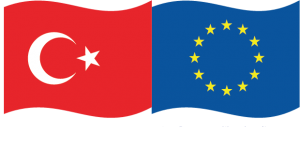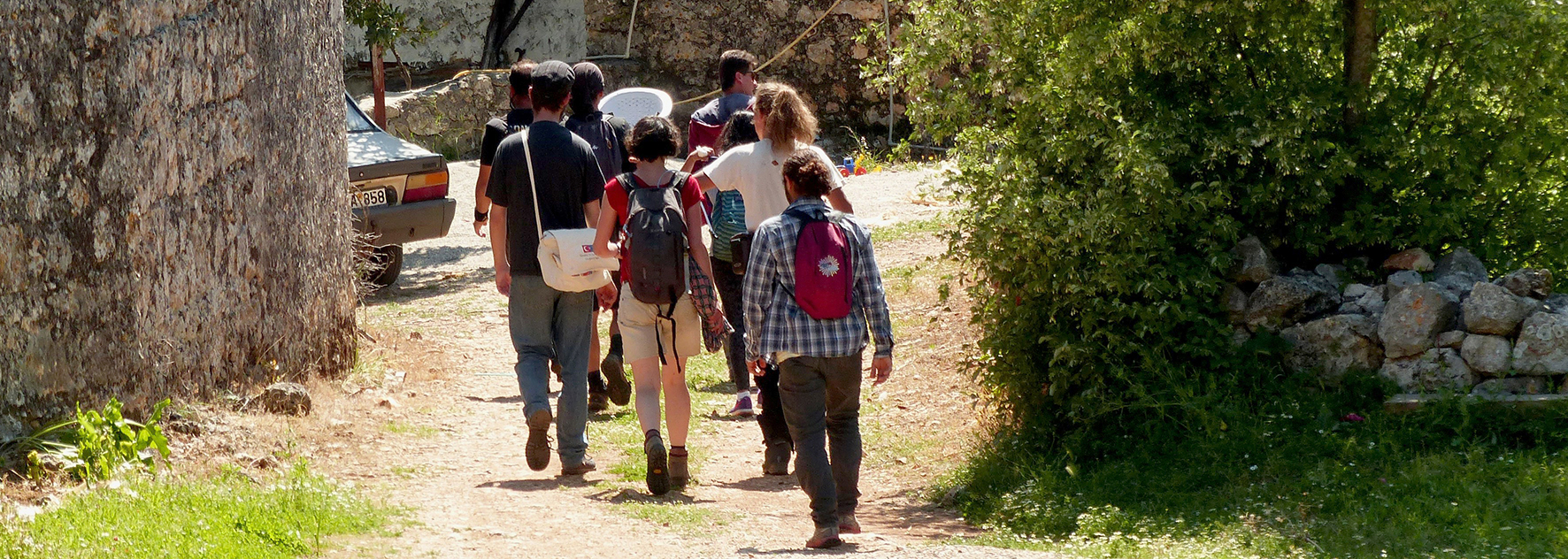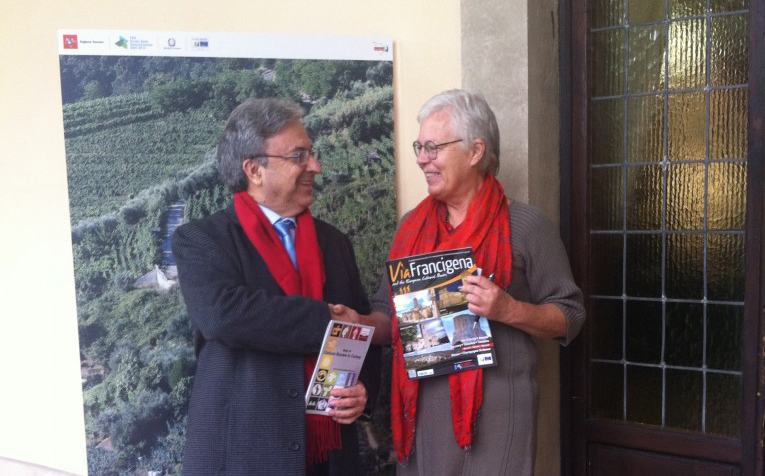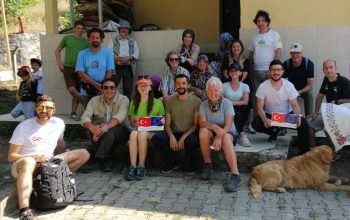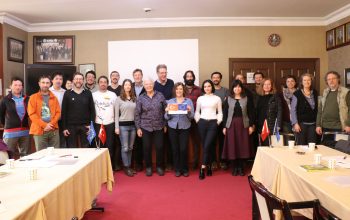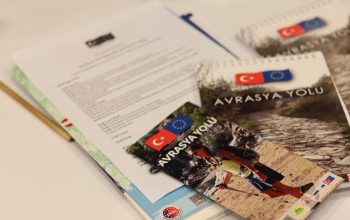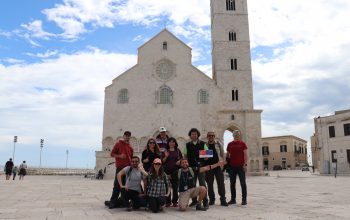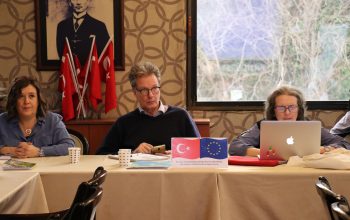The Via Eurasia Association was formed in early 2020 by the partners who first worked together on the formation of the Cultural Route of the Via Eurasia.
The Via Eurasia is made up of several networks or linear routes, assembled into one whole. This essay describes how the route originated. The preamble to the constitution describes our purpose in making this long-distance route.
The eastern Mediterranean and Balkans region contains one of the oldest, most intensive and valuable road networks in the world, representing the works of many cultures and civilisations, and established over many thousands of years. The Cultural Association of The Via Eurasia is formed to make a Cultural Route known as the Via Eurasia, consisting of a network of ancient roads of representative periods and styles and initially extending from Rome in Italy to Demre in Turkey.
The Via Eurasia Route aims to be the longest sustainable walking route in Europe, comprising many linked sections of ancient roads from several civilisations and periods:
- Lycian Roads – at the time that Lycia became a Roman province in 46 CE.
- Pisidian Roads – at the time that St Paul made his 2nd journey – 46 CE.
- Phrygian roads / Persian Royal Road – start of Persian occupation – c. 540 BCE.
- Byzantine roads – focused on Nicomedia – c 300 – 600 CE.
- Ottoman roads – early to middle Ottoman Empire – 1299 – 1685 CE.
- Roman roads – Via Appia, Via Traiana, Via Egnatia, Via Militaris – c. 200 BC – 200CE.
Once the tool of military or commercial activity, the routes forming the Via Eurasia are today a tool for the transmission of shared history and intercultural dialogue.
Taking into consideration the above, and pursuant to the Civil Code, art. 741 et al., the nonprofit civil partnership The Cultural Association of The Via Eurasia is formed. Its structure and operation is governed by the present statute, which, with the bylaws, also regulates all the activities relevant to its objectives.
The Association has applied for the Via Eurasia to be recognized by the Institute of Cultural Routes . The Institute works under the Council of Europe to consolidate a network of Cultural Routes throughout Europe and neighbouring countries.
For more information about our structure, please look at the Management and Scientific Committee pages.
On the Members page, you can find our founding and current members and their contact details.
Actual day to day management of the route is carried out jointly between the Municipalities along the route and the Association. You can see the member Municiplities on the Municipality Members page.
Our Associates include all the supporters of the route who have assisted and continue to assist us in making, maintaining and publicizing the route, including travel agencies who run programmes on it.
